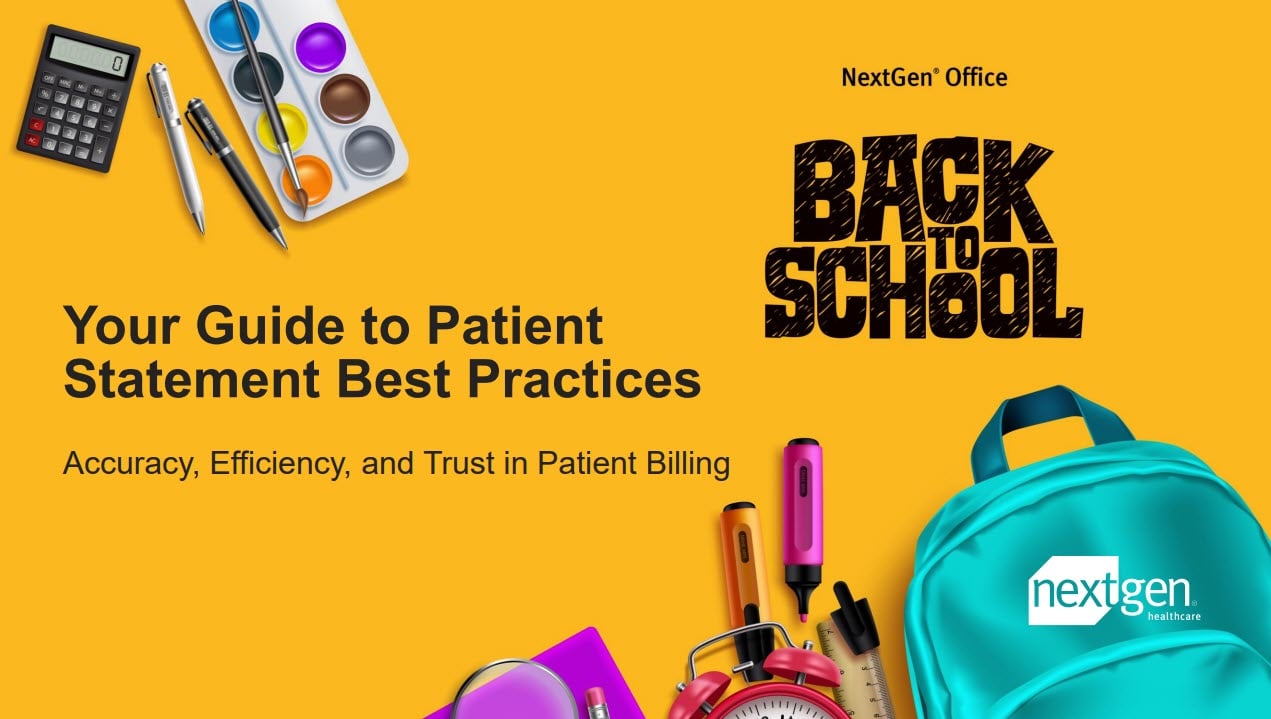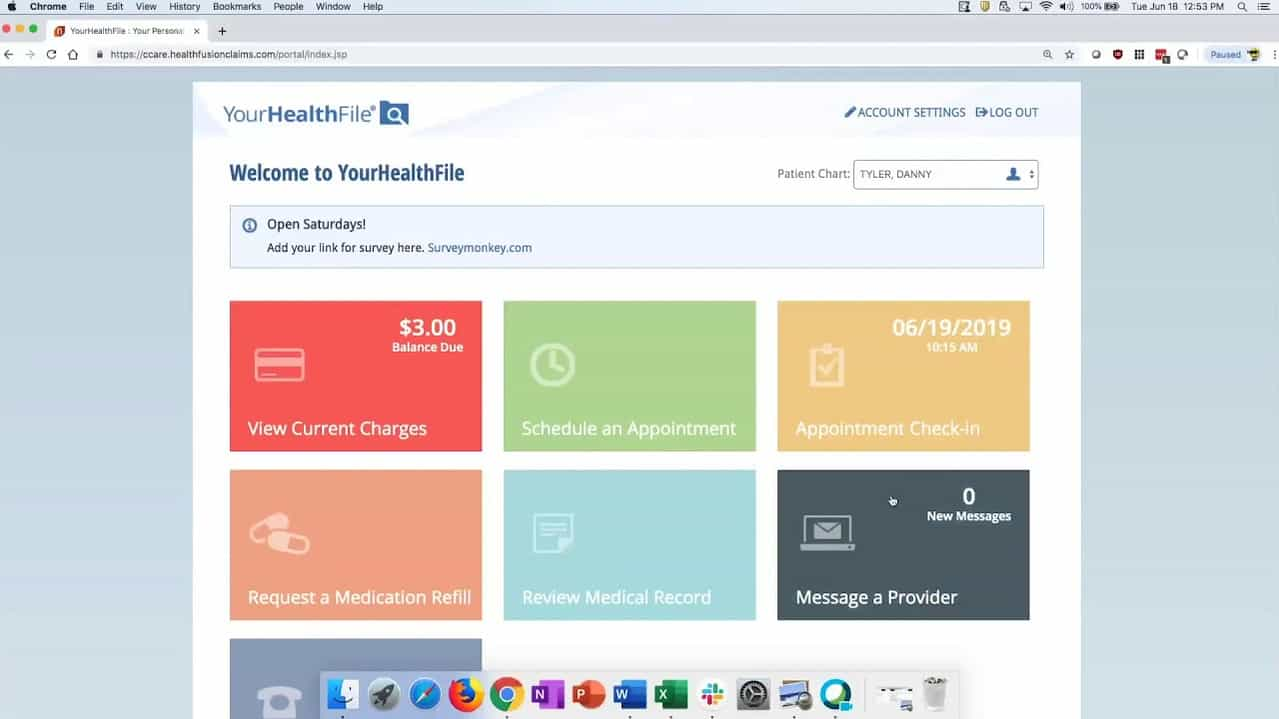How to Access the NextGen Office Patient Portal in 3 QUICK WAYS
An easy to use, friendly, patient web portal is a key element in today's medical practice. Patient use of the NextGen Office patient portal leads to...
2 min read
AVS Medical : Oct 1, 2025 7:30:00 AM

When it comes to patient satisfaction, billing matters just as much as care. A confusing or inaccurate statement can damage trust and even drive patients to switch providers. In fact, 56% of patients say poor billing experiences would make them consider changing providers—even if they were happy with the care itself (RevSpring, 2023).
That’s why patient statement best practices are an essential part of revenue cycle management. Clear, timely, and accurate billing not only improves cash flow but also enhances the patient experience. And with a cloud-based EHR like NextGen Office, providers can streamline billing workflows, reduce errors, and strengthen trust with patients.
In this post, we’ll cover the Patient Statement best practices every healthcare organization should adopt to strengthen their revenue cycle and build patient trust.
Improving patient billing with revenue cycle best practices has benefits that extend far beyond collections:
Improves cash flow by ensuring timely payments.
Builds trust and satisfaction with clear, easy-to-understand statements.
Reduces billing errors and disputes that waste staff time.
Minimizes bad debt and collections activity.
Supports compliance and accurate financial reporting.
By leveraging a cloud-based EHR solution, practices can connect clinical, billing, and patient engagement workflows—making accuracy and efficiency easier to achieve.
Before sending out statements, ensure every pending payment—whether from insurance or patients—is posted and applied.
Why it matters:
Balances reflect up-to-date information.
Accounts receivable stays accurate.
Patients avoid confusion from outdated or duplicate charges.
Check out our Blog Post on Revenue Cycle Best Practices
Secondary claims left unresolved can disrupt accuracy and delay collections.
Why it matters:
Keeps balances correct in patient AR.
Improves financial accuracy.
Reduces patient disputes caused by incorrect balances.
Statements should be simple, professional, and easy to access. Standardization and automation are key.
Best practices include:
Establishing clear, consistent templates.
Automating generation to avoid manual bottlenecks.
Making statements available in the patient portal for convenience.
With NextGen Office’s cloud-based EHR, practices can automate workflows and give patients secure access to statements anytime, anywhere.
Manual billing takes longer and creates unnecessary costs. Electronic patient statements improve efficiency, accuracy, and patient satisfaction.
Pro tip: Offer patients a choice of delivery, but encourage e-statements to reduce printing and mailing expenses.
Billing isn’t just about revenue—it’s about relationships. By prioritizing patient statement best practices and integrating them into your cloud-based EHR, healthcare providers can:
Improve cash flow
Reduce errors
Build patient trust
When patients understand their bills and trust the process, they’re more likely to pay on time—and more likely to stay loyal to your practice. By combining revenue cycle best practices with the power of NextGen Office Cloud-Based EHR, you’ll strengthen both financial performance and patient satisfaction.

An easy to use, friendly, patient web portal is a key element in today's medical practice. Patient use of the NextGen Office patient portal leads to...

Discover the numerous benefits and advantages of using patient portals for medical practices with EMR Software.

THE CHALLENGE